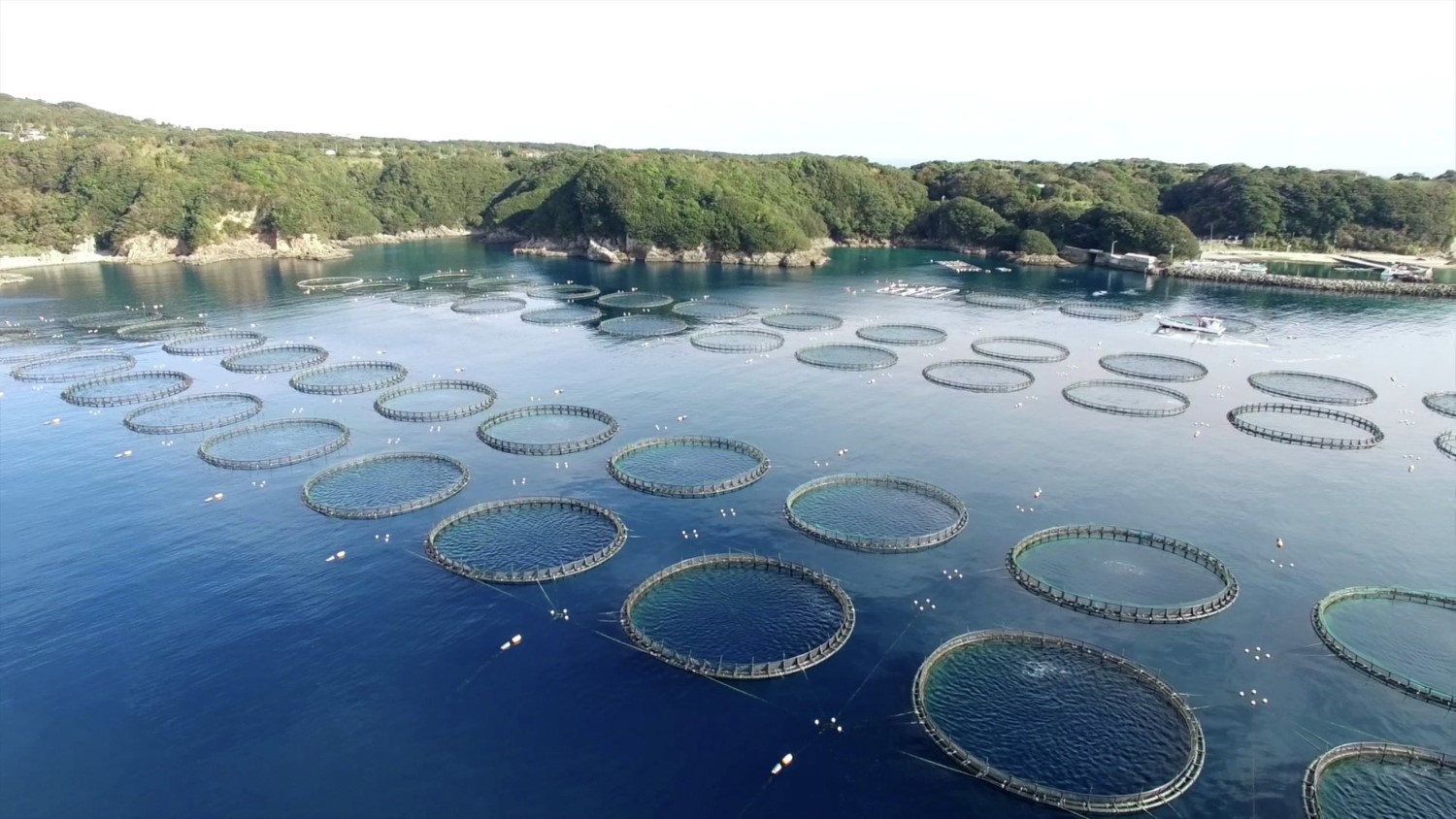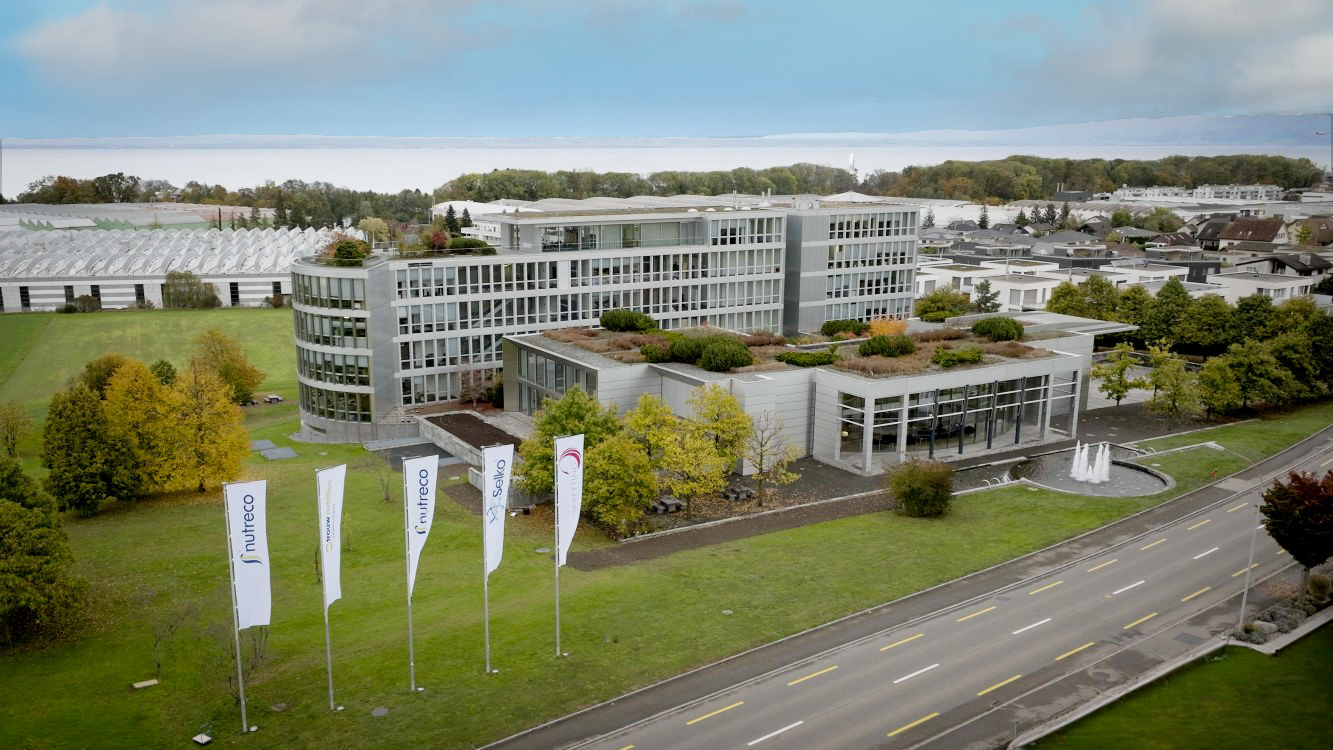
Novel ingredients
Delivering on our purpose of Feeding the Future means we need to innovate in many arenas. One of these is ingredients. We seek to expand our knowledge of the nutritional composition of aquafeed ingredients as well as the impacts of the supply chains that create them, to deliver products that enable farmers to produce more from less.

Bridging the raw material gap - Changing the way we think about ingredients
As the global population continues to grow, there is increasing focus on aquaculture to provide the protein to feed the world. At Skretting, as one of the largest aquaculture feed suppliers in the world, we see that we have an essential role to play. A 30 million tonne projected increase in aquaculture production means there will be a need for an additional 45 million tonnes of raw materials. So where will they come from? Here, we deepen on some of our ongoing activities in this arena, exploring novel ingredients and some of our most important partnerships.
Seafood is one of the most efficient proteins to produce and has the potential to bridge the gap between supply and rising seafood demand. In fact, the consumption of farmed species eclipsed that of capture fishery products in 2014, and this growth trend continues.
According to "The State of World Fisheries and Aquaculture", FAO 2022, aquaculture production is expected to rise to 106 million tonnes in 2030 – a 22% increase from 2020 – providing 90% of the fish that is available for human consumption.
This is not without its challenges. The manufacture of fish and shrimp feed has been reliant on finite resources like fish meal and fish oil from capture fisheries. There is also rising competition for these ingredients from other industries.
To meet broader food and environmental security commitments, while ensuring continued progress and profitability of our value chains, the aquaculture industry has to prioritise the reduction of its dependency on these ingredients. Thankfully, there are ways for us to do this. Breakthrough solutions are at hand. New thinking, new innovations, new technologies and new ingredients are coming to the fore that will enable us to collectively feed the future in a sustainable way.




